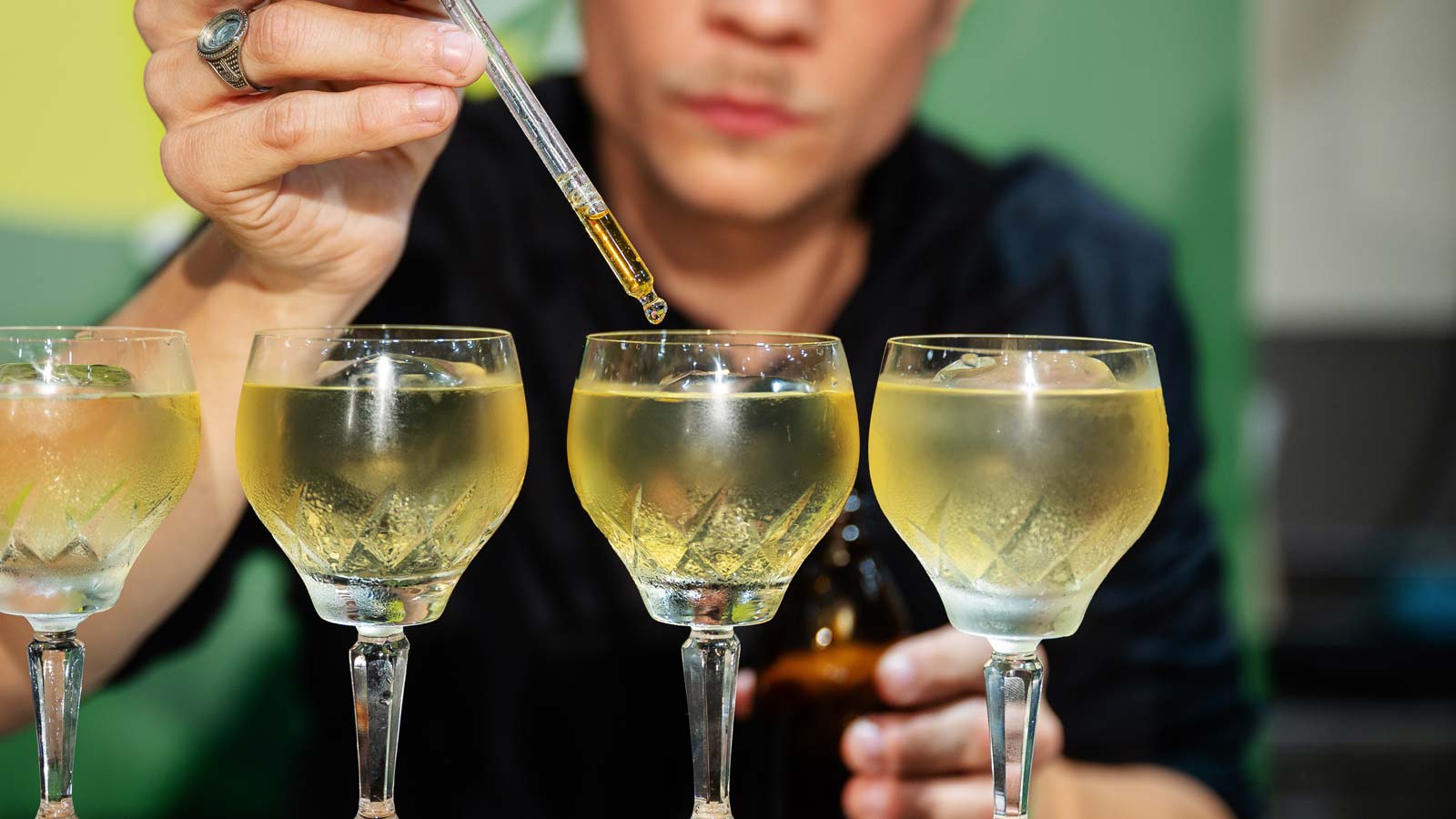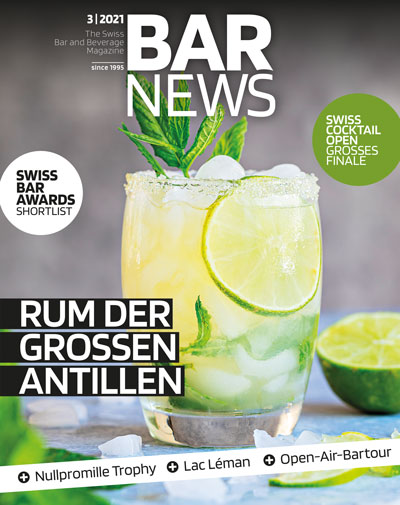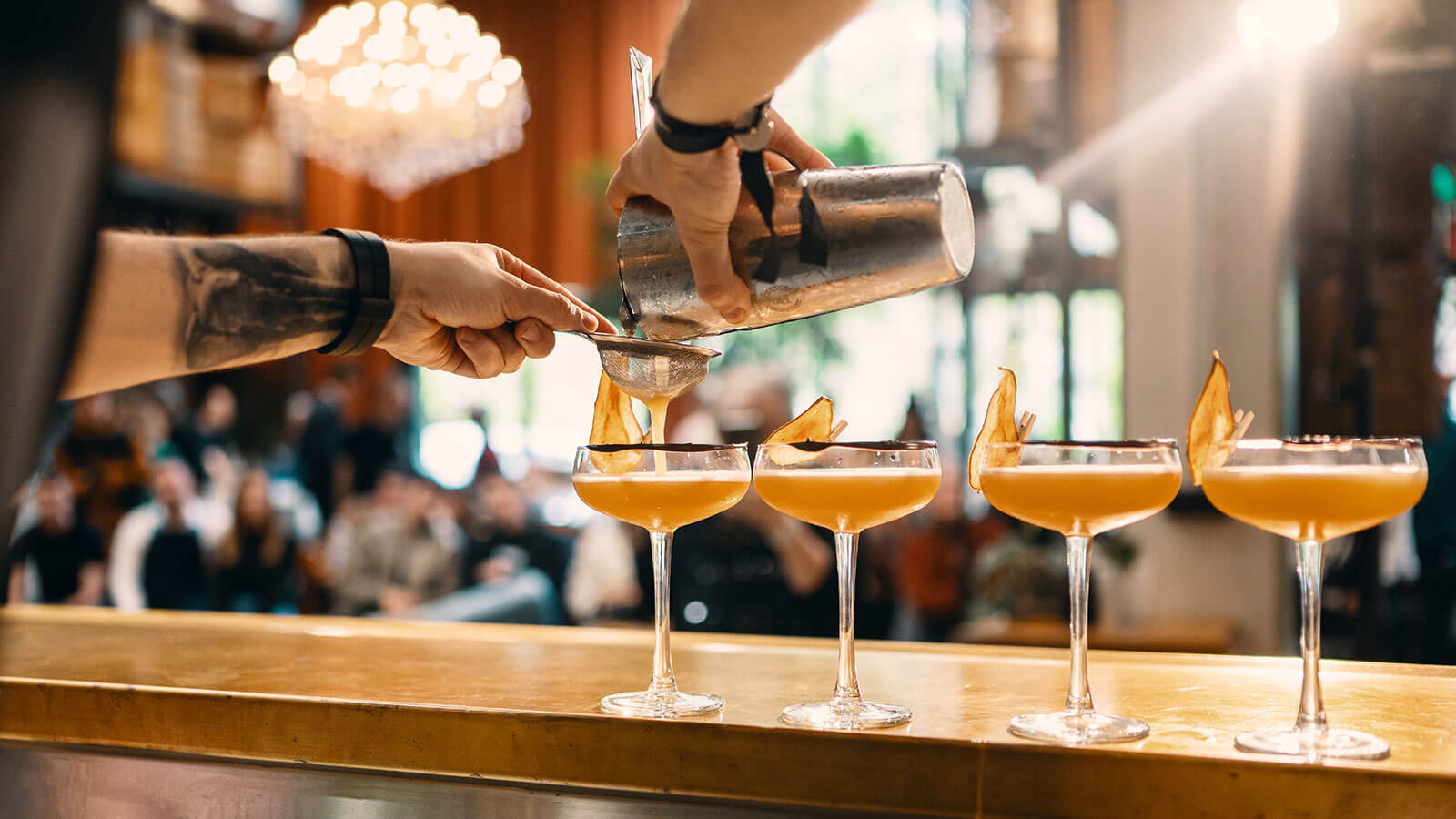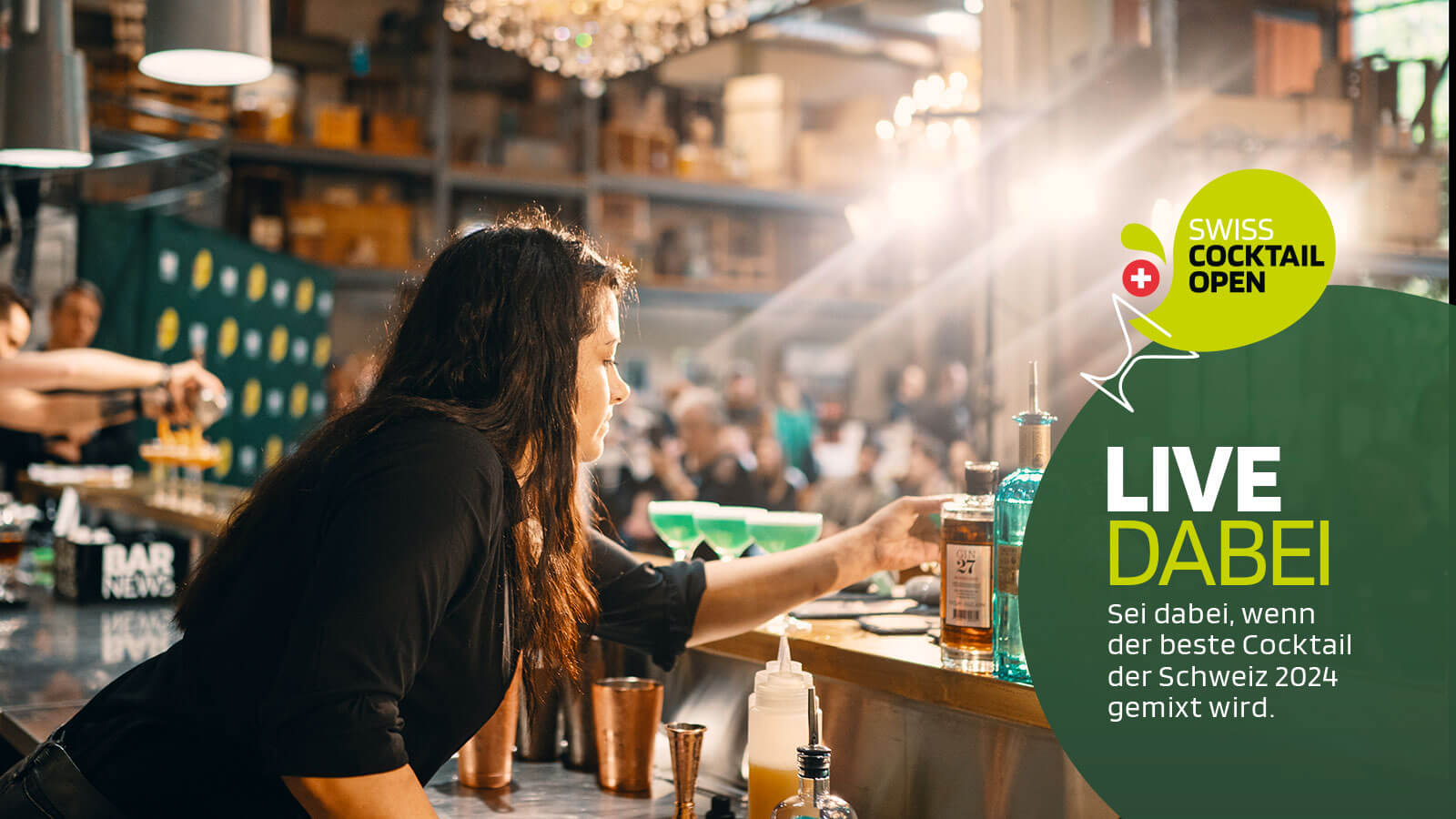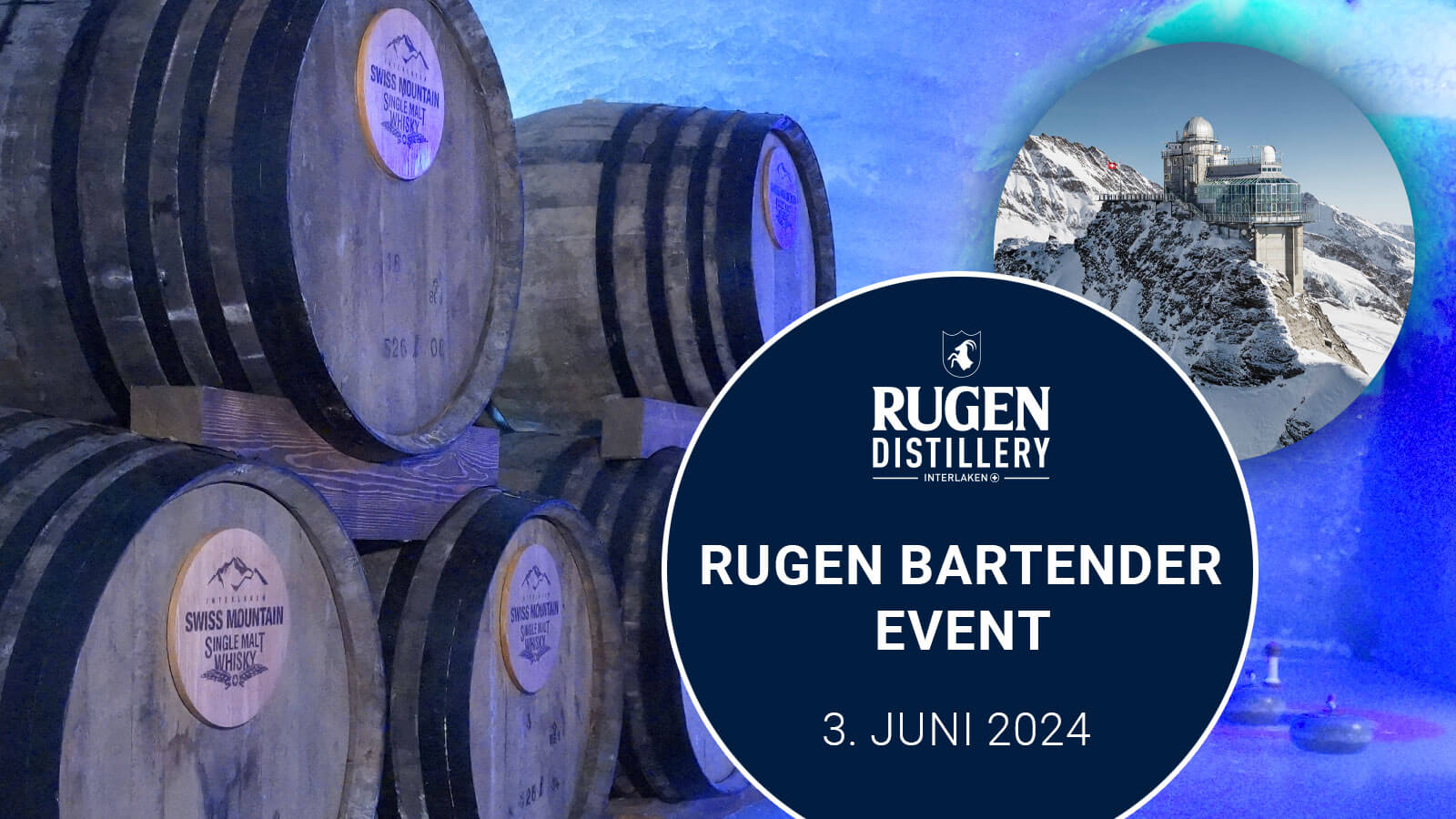Non-alcoholic cocktails belong on every modern cocktail menu. But it can also make sense to offer customers a selection of cocktails with a reduced alcohol content. Not only because those who consume less strong drinks can potentially drink more of them, but because a balanced range of drinks should actually be a matter of course.
Only variations of Old Fashioneds, Negronis or Manhattans do not cover the taste of the entire public. Moreover, the slope of the mercury in the thermometer correlates negatively with the alcohol content in the cocktail glass, although here the causality can hardly be denied. Put more simply: the hotter the temperature, the lighter the drink.
But at what point is a cocktail actually a Low-ABV drink? Is it enough to "reverse" a Manhattan (two parts vermouth to one part whiskey)? No, because this means that instead of 2.4 cl you only have 1.7 cl of pure alcohol, but it is still higher than a gin and tonic (1.6 cl). And hardly anyone would claim that a gin and tonic is a Low-ABV drink.
The hotter the temperatures, the lighter the drink
Vermouth, sherry and port alone do not make a Low-ABV cocktail. What counts in the end is the total amount of alcohol that you should calculate for each of your Low-ABV drinks. If you use about 6 cl Prosecco and 4 cl Aperol for an Aperol Spritz, you can easily speak of Low-ABV .
With 1.1 cl of pure alcohol, it contains as much alcohol as a glass of Prosecco. If, on the other hand, it is mixed with 1 dl of Prosecco, the 1.5 cl of pure alcohol is already very close to a gin and tonic.
Fewer percentages
There are some difficulties in creating Low-ABV drinks. If you simply replace the base spirit in a Low-ABV twist of a classic drink with a product with a lower alcohol content, you will lose the balance of the drink in most cases.
If spirits are used, small quantities of flavour-intensive distillates are a good choice. Herbal liqueurs such as amaro or bitters, which often have an alcohol content of between 20 and 30% by volume, can also be used in small quantities in a Low-ABV cocktail.
However, fortified wines such as sherry, port, Madeira and masala are particularly suitable. These, as well as Vermouth or Quinquina, are best suited for a simple highball, topped up with tonic or for more unusual compositions.
Vermouth, sherry and port alone do not make a Low-ABV cocktail.
Especially in particularly hot temperatures and on an empty stomach, a refreshing Americano (3 cl bitter, 3 cl vermouth, fill up soda) is much better than its relative, the Negroni.
The Negroni Sbagliato also has a lower alcohol content, but with 1.5 cl of pure alcohol it is already close to a gin and tonic. The problem in this case is not so much the alcohol content of the spirit base, but that of the filler.
Soda, Ginger Beer, but also just cider, beer or their non-alcoholic equivalents are grateful alternatives. For a more interesting mouthfeel, teas, fermented teas (keyword kombucha) or cold-extracted coffee can also be used.

